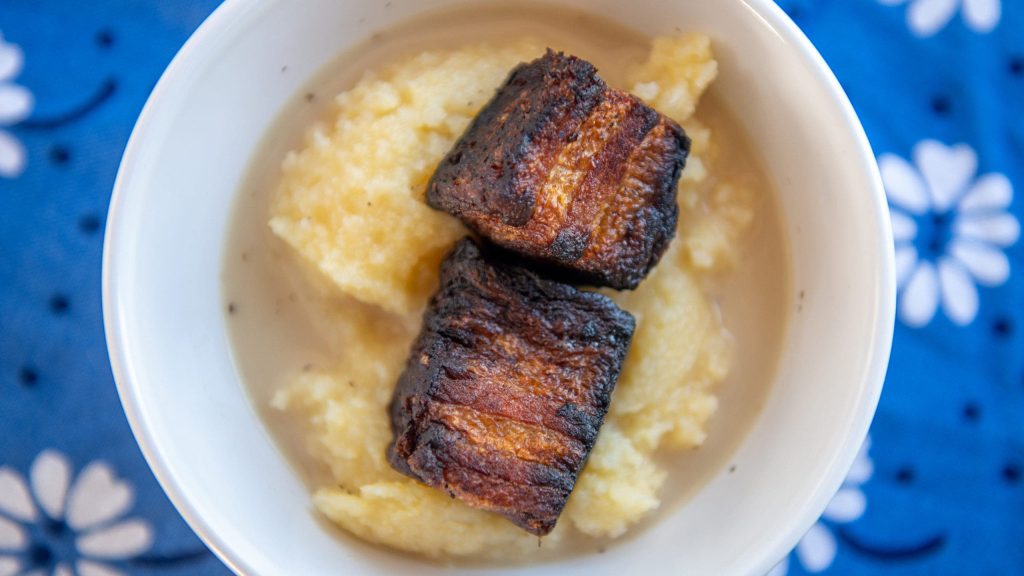The United States remains a nation divided, with the Grits Belt serving as a clear example of this division. While political borders are well-defined, cultural borders remain undefined yet undeniable. The Grits Belt, primarily located in the eastern half of the country, separates an America where grits are a novelty from an America where grits are a staple. Grits are rare in regions like New England, the Mid-Atlantic, and the Midwest, but become abundant as one travels further south into the Grits Belt.
According to Matthew Zook, a professor of geography at the University of Kentucky, the Grits Belt is a real geographic phenomenon with porous and diffuse borders. The heart of the Grits Belt lies in the Southeast, where there is a general preference for grits over the rest of the country. However, the Grits Belt shifts as people travel and preferences change. Scholars have mapped the Grits Belt, identifying the strong connection to grits in coastal localities in the Low Country. The popularity of grits can be seen through social media posts and cultural references.
Erin Byers Murray, the author of “Grits: A Cultural and Culinary Journey Through the South,” believes that the Grits Belt extends as far north as Virginia. She notes that the border of the Grits Belt moves with time, tastes, and trends. The history of grits dates back to the arrival of European settlers in coastal Virginia in the 1630s, who adopted this corn porridge from Native American culinary culture. The name “grits” quickly evolved and became permanently tied to the southeastern United States.
High-profile chefs such as Sean Brock in Nashville, Frank Stitt in Birmingham, and Dominic Lee in New Orleans are dedicated to elevating humble grits and incorporating them into Southern cuisine. These chefs are leading the way in creating gourmet dishes featuring grits, showcasing the versatility and cultural significance of this staple food. The popularity of grits continues to grow, with Nashville hot chicken and other Southern traditions gaining widespread recognition throughout America. The Grits Belt serves as a cultural divide that highlights the rich culinary heritage of the southern United States.















